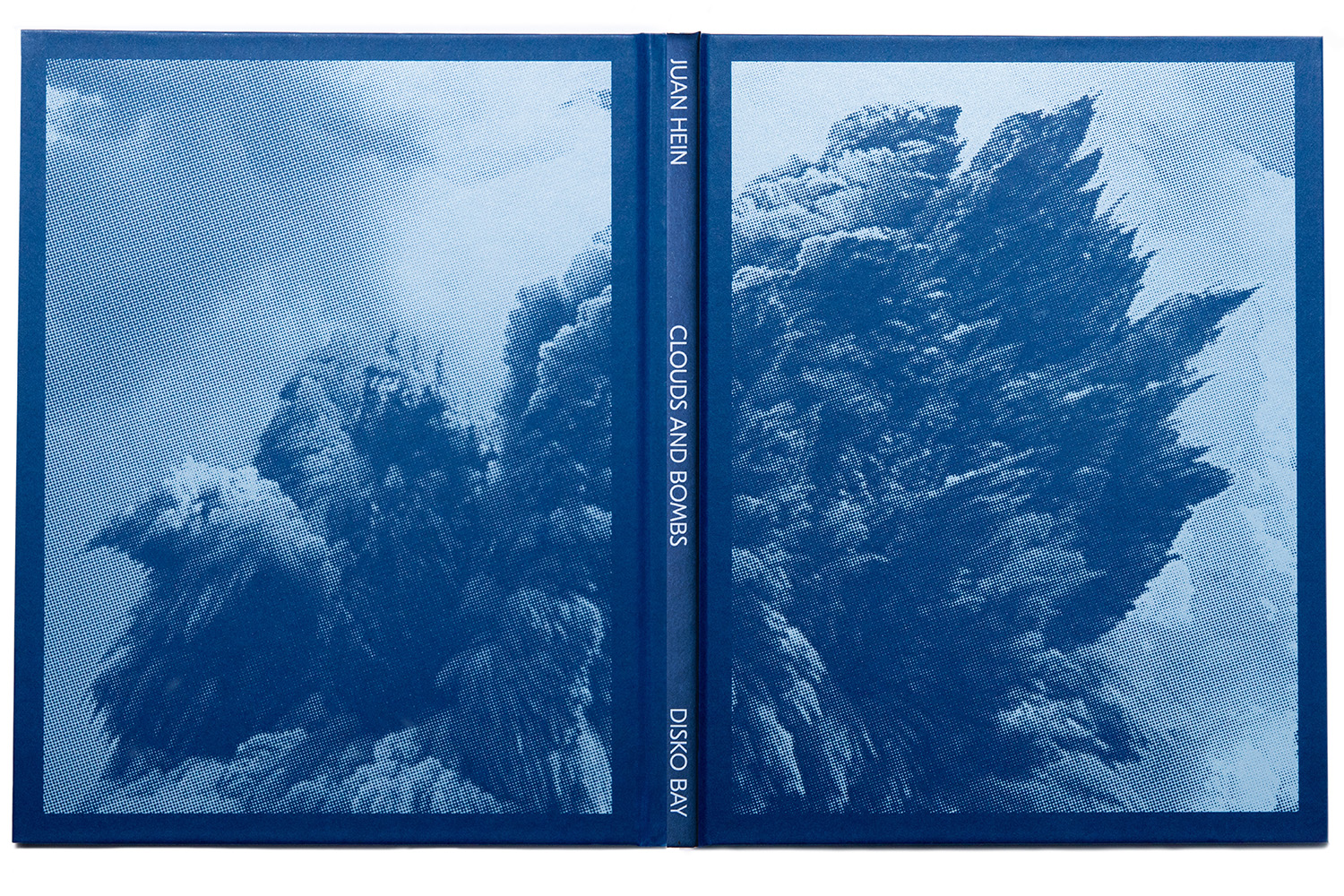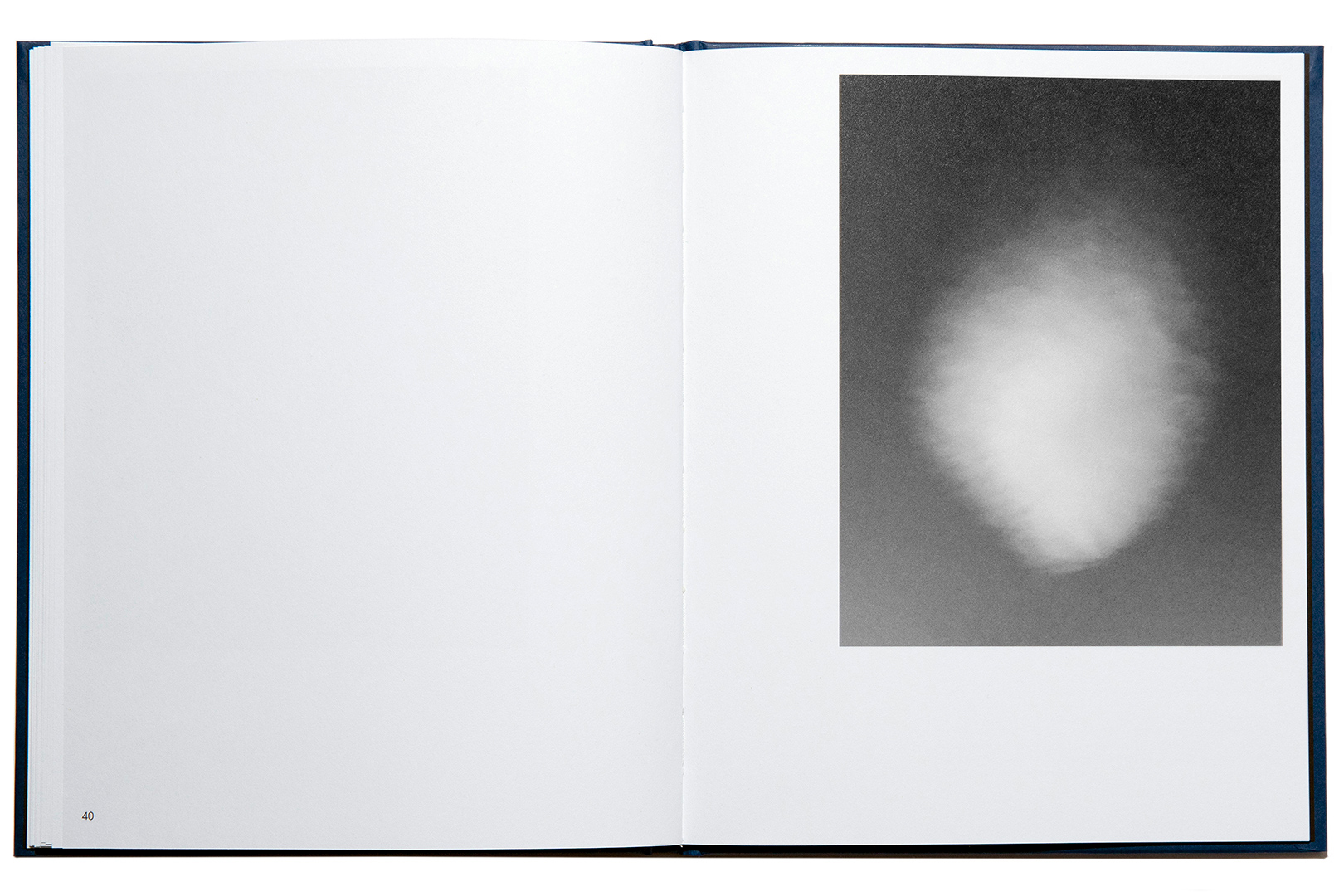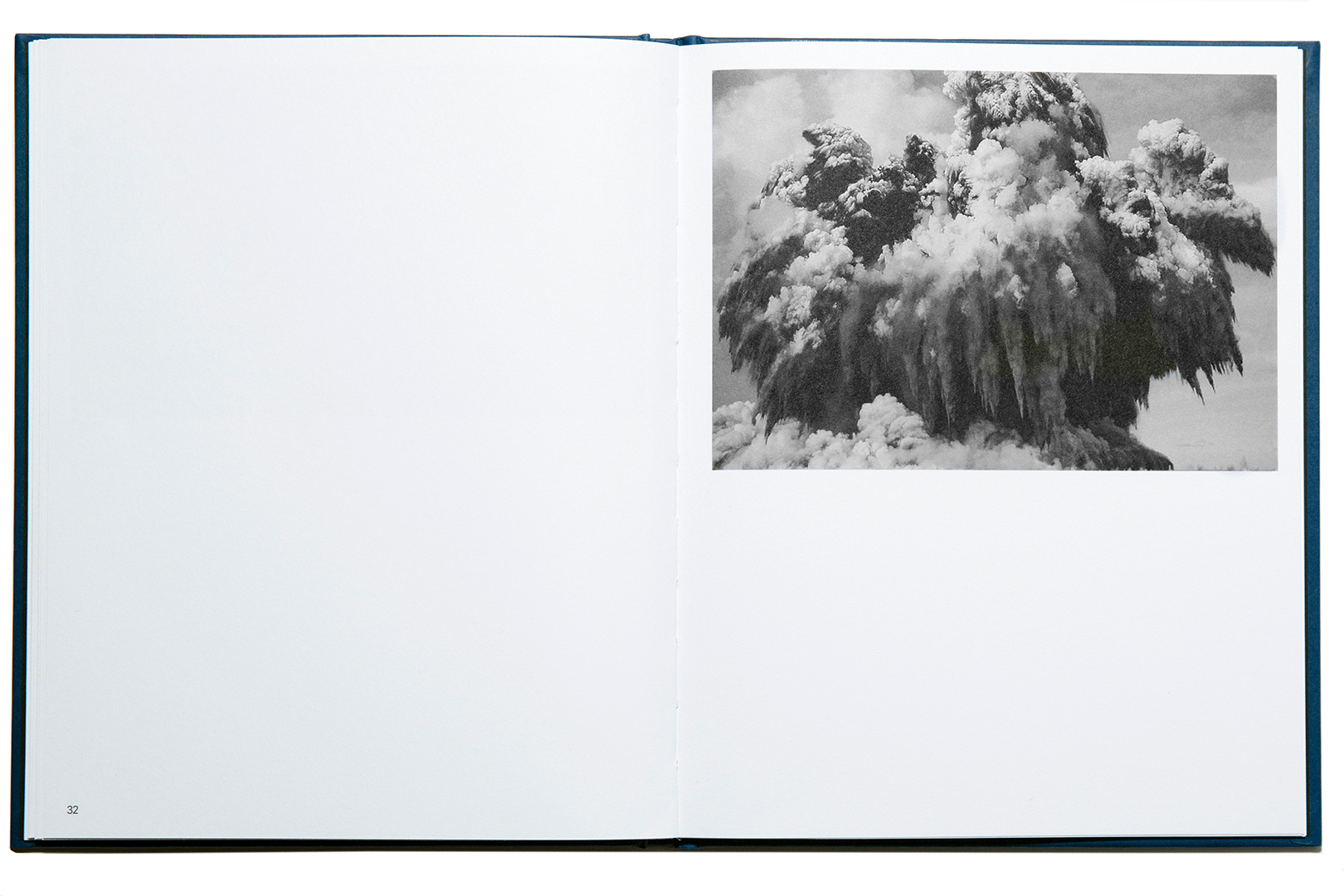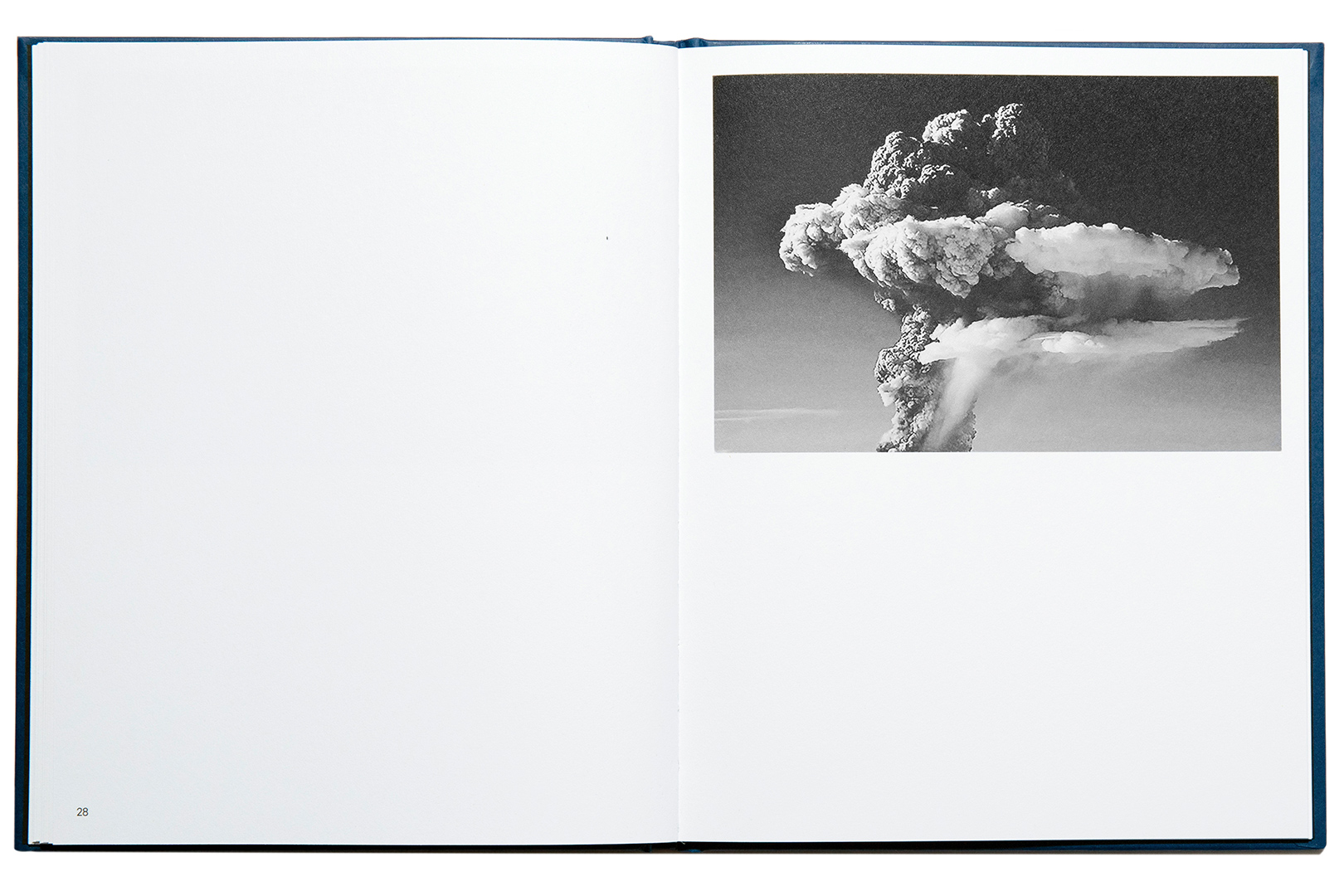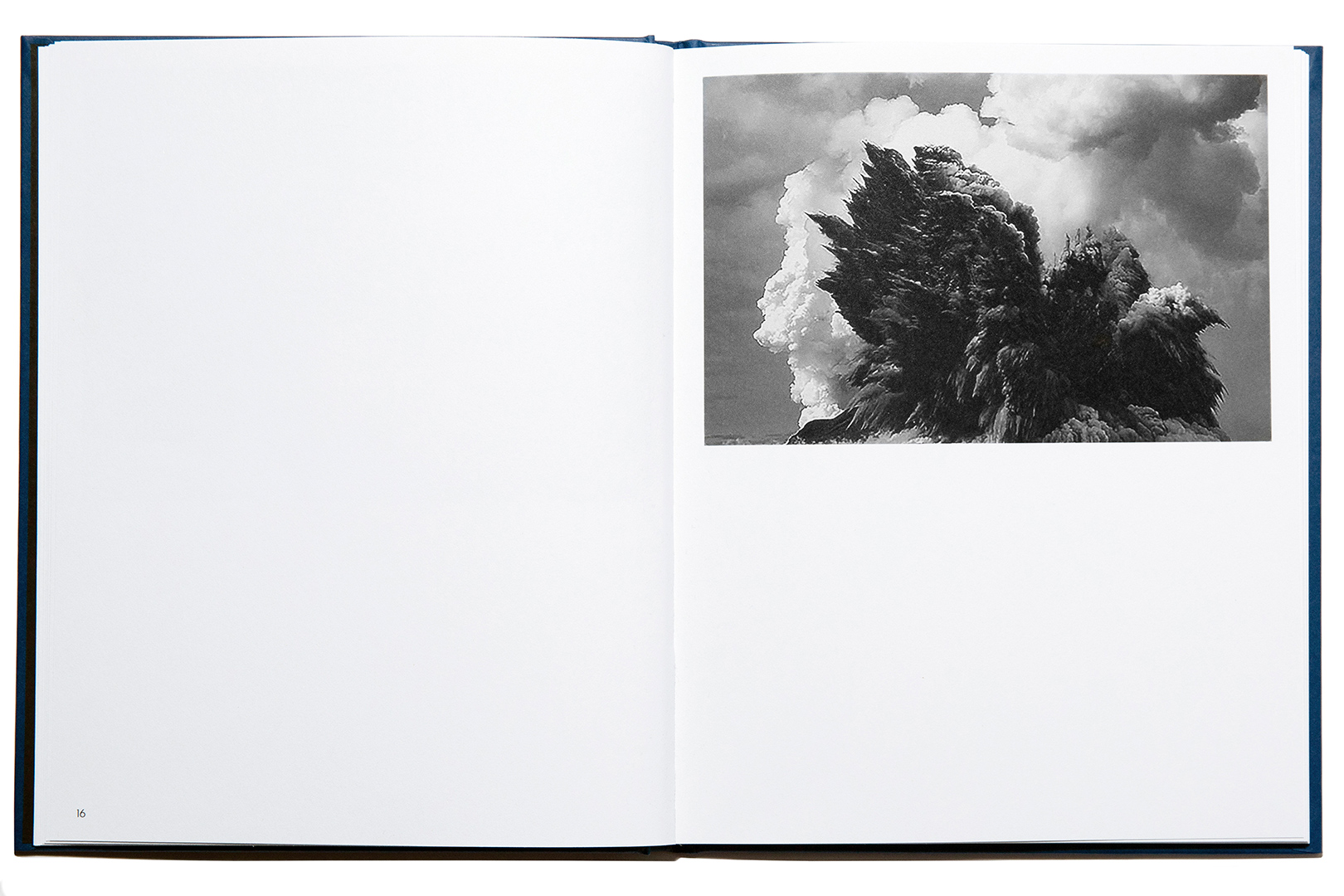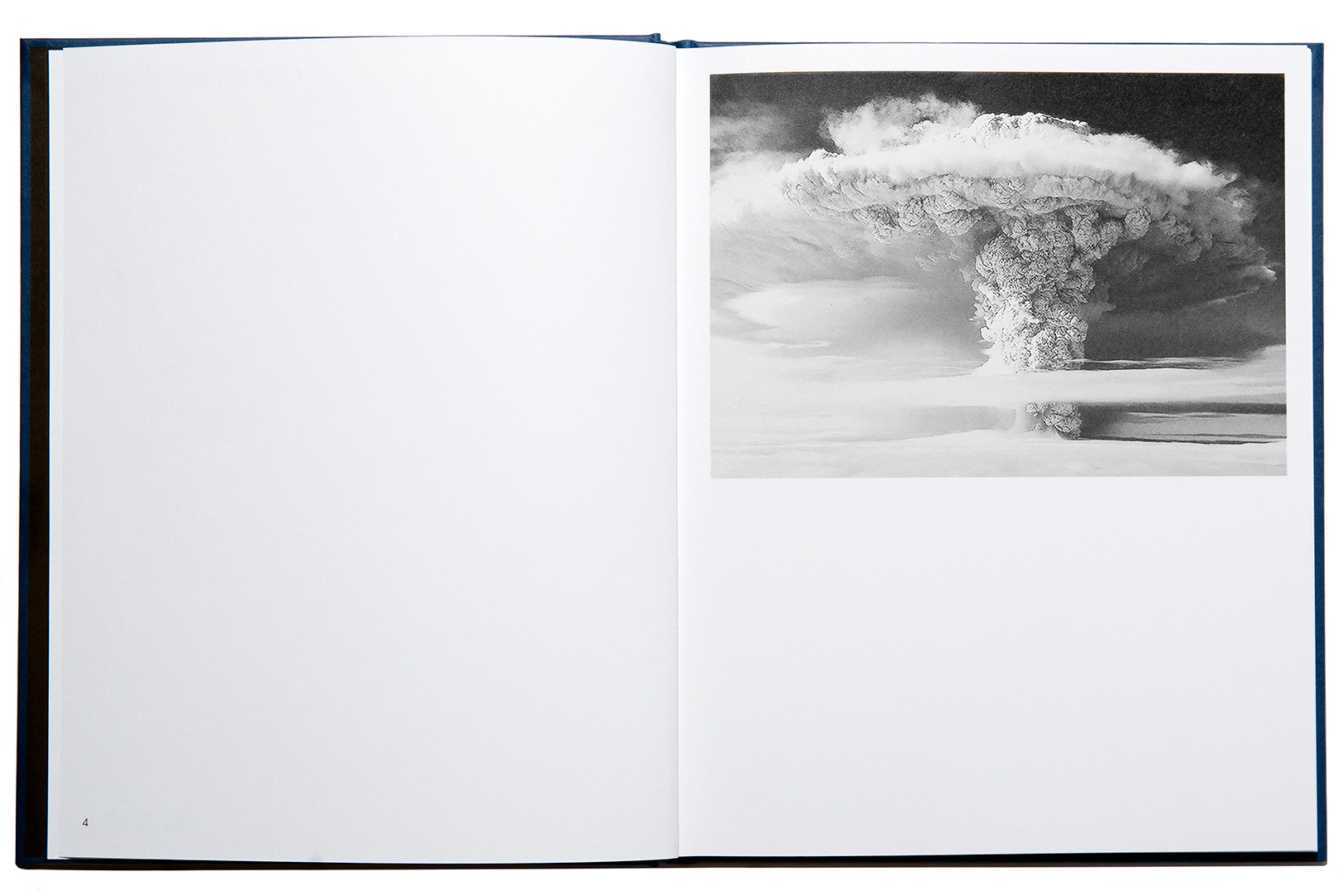15 Questions With… Juan Hein
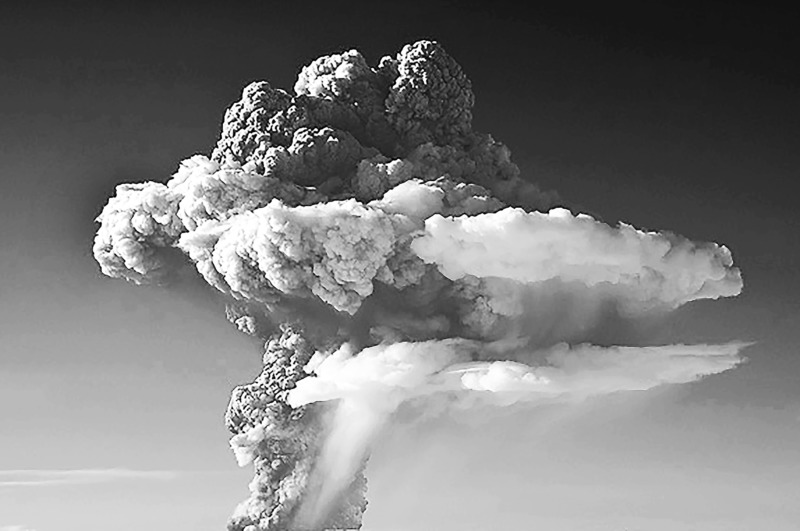
How are you at the moment?
Fine. A bit tired.
What is your morning ritual? How does your day begin?
I’m the father of two kids, Astor, 8, and Vera, 5. My mornings are early and in a rush to get out and arrive in time to the institutions. A cortado, a toast, a piece of apple, radio in the back, and trying to put a laugh in their start of the day.
What, right now, can you see?
I can see the top of a naked oak tree rising in front of the window of my studio. The time is grey and cold.
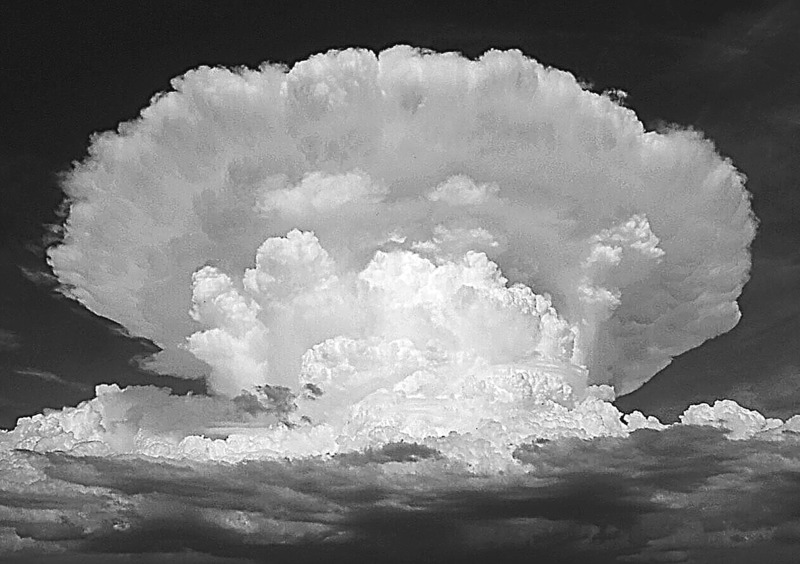
What artist, project, book would you recommend we see/follow?
Trails, by Takashi Homma.
Tell us about your process when starting a new project
Most of the time, it is the case that there are a couple or many ideas coming and going for different projects, from a series for a photobook to a film or a video piece, or a site-specific installation. Sometimes they are in relation to each other, sometimes independently. I let them flow and I enjoy that experience and moment of letting them co-exist in their very early stage of an idea.
I try to respect which one starts to grow and impose itself through the days. I give it a bit of time and then it happens that one or two come back and insist to be present in my mind. So then I try to really think about them, to try and pre-visualize concrete images, a tone, a medium, a possible encounter of that imaginary result with a concrete audience (many times, that audience is partly some artist friends, even if that thought is not too deep and analytical, but I think it’s normal, and natural, and sane too).
From that, I start to understand the production of that project; the needs, the parts involved, the times, the costs, and by beginning with writing, or photographing, filming or building a collage with references and inspirations. I make a kind of test by commenting about it with some close friends, artists, as a way to collect feedback and to start a dialogue.
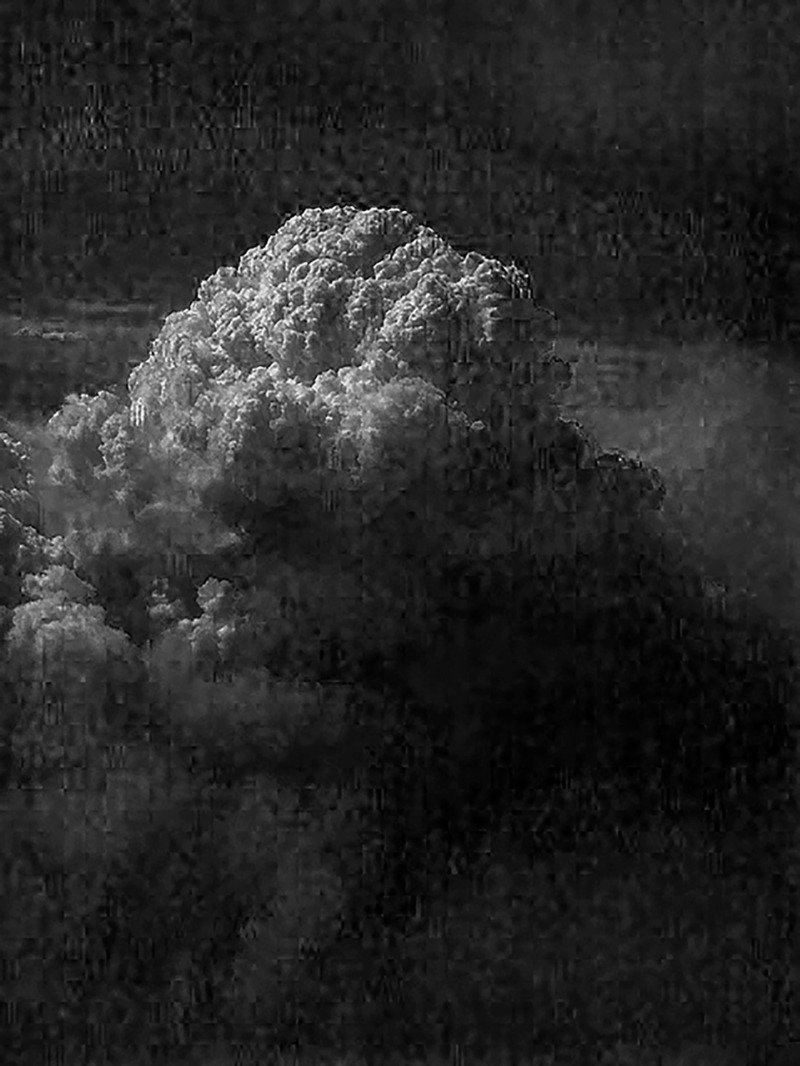
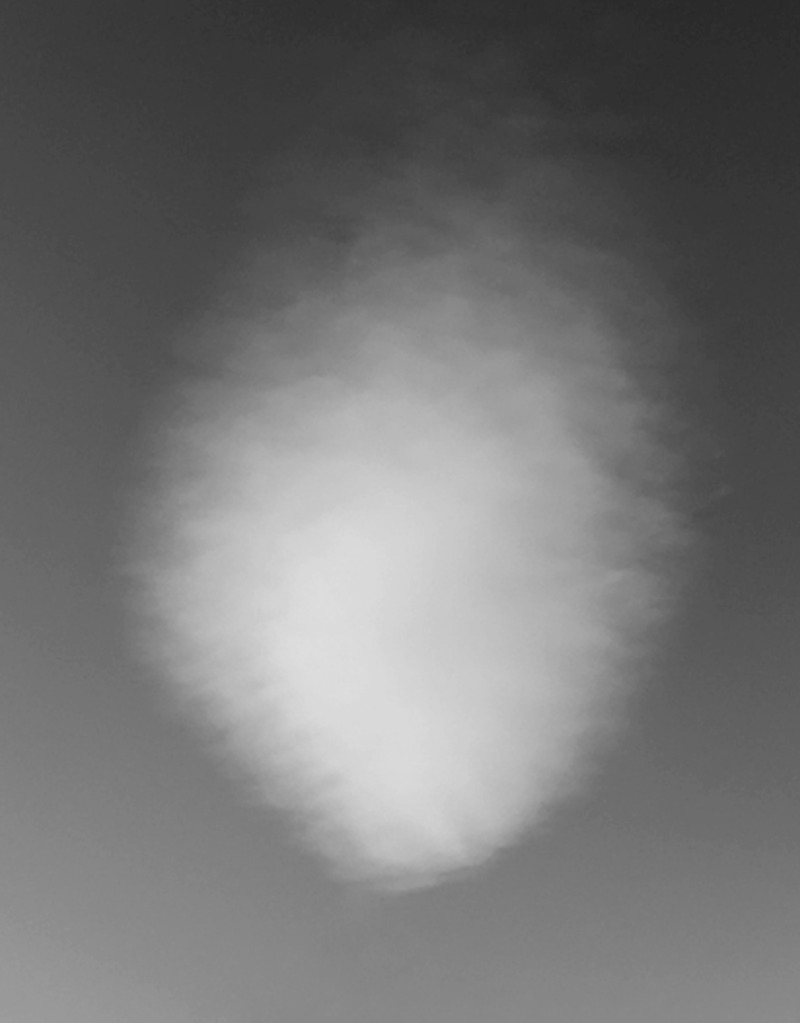
What has been your favourite collaboration?
The social photographic project Point & Shoot with the Danish artist Gina Zacharias, who has ascendance from Cyprus; meanwhile I am from Argentina with a Danish father. It was about a series of photo-workshops given to kids from 12 to 16 years old in the neighbourhood of Nørrebro, in the north of Copenhagen, where the most multicultural population is concentrated.
They were given a point and shoot camera and one roll of film per week, and were exposed to the work of photographers working with daily and private life and then motivated to document and try to tell their own story. It was a moment when many of the youngsters from this area were looked upon with suspicion by the local media and society; there were drug-dealer wars happening on the streets every day, with shootings in public spaces; something that is quite strange for Danish society. The result was simply amazing.
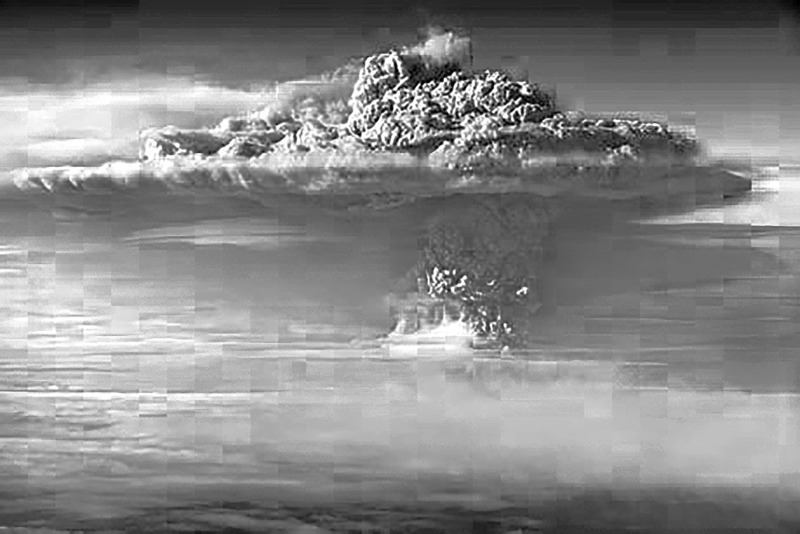
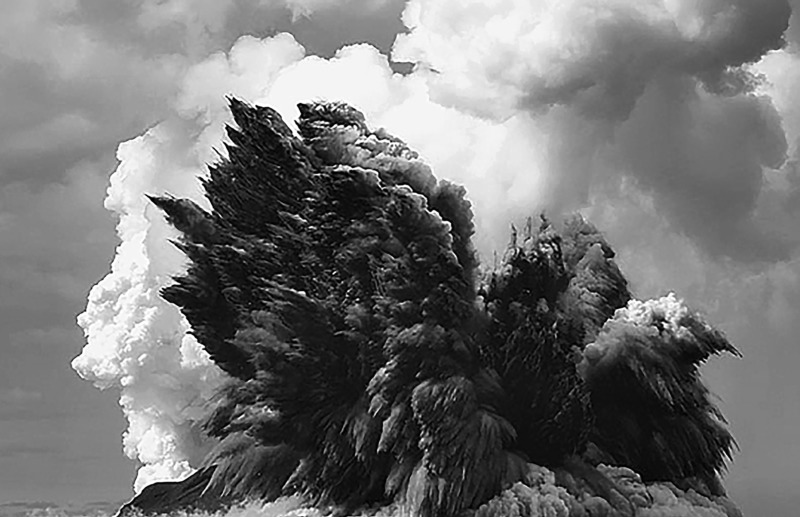
What is your greatest achievement?
Becoming a father.
What is your greatest regret?
I used to have many. Now, I’ve learnt that that way of thinking does not help anyone and much less oneself. So, I stopped thinking like that. There is a deep growth and relief to start accepting oneself and his or her way of being. Through time, I’ve learned to see those mistakes from the past as fundamental stones to track one’s present. And the present is always marvellous, or it should be; it is the only thing we have. That is why I love photography, because of its metaphysical way of playing with layers and steps of time.
What advice would you give to your younger self?
Be aware of your time and the times you live, read and study the important references from the past, understand your medium, work hard for that and to find your voice, reinvent the language of the medium, and stay sensitive and respectful to the other and always to yourself.
What is your latest project about?
My latest project is the book I’ve just released with Disko Bay, called Clouds and Bombs. The project is about the state of the photographic medium now and our relationship with it. It is playing with questions about the original and the copy, the truth and the lie in a photographic image, the action by nature and the human action. Specifically, it is a series of images in black and white of clouds and bomb explosions which are taken, appropriated, re-photographed from the internet, reframed, and manipulated until they arrived at an organic sculptural gas form that could be read as a cloud or a bomb explosion, without any text explaining what we are looking at. Almost as abstract etching drawings with a photographic echo that fascinates and frightens at the same time.
What are you researching at the moment?
I am working on my next photo book project called How to die, and it is about the relationship with death and life by the citizens of Copenhagen and their use of a central cemetery as a recreation park. A project I started almost ten years ago and now it’s time to put an end to it in a book form.
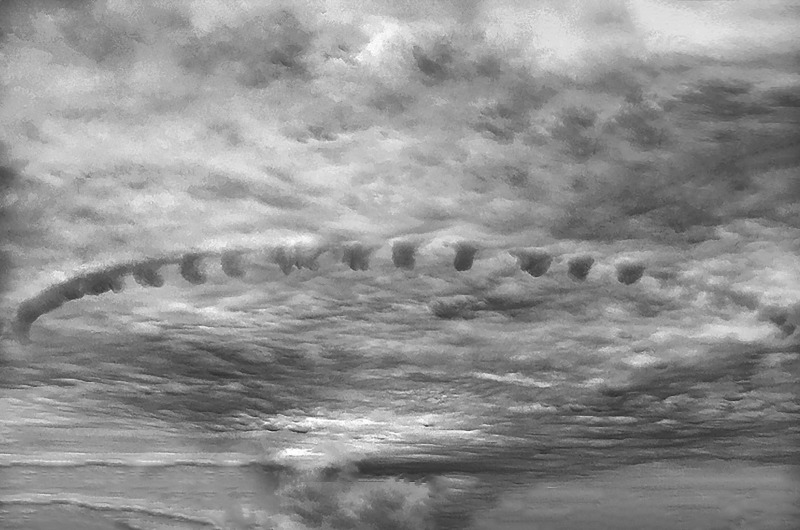
What can you not work without?
A studio.
What challenges have you faced working in your industry?
The questions arising: what makes it important to work with images today, why, what are their functions, how do they work in our societies.
What are you hoping for in 2021?
That we get the vaccine for this torment pandemic as soon as possible.
Share a song with us, what are you listening to at the moment?
In a landscape, from 1948, by John Cage and Stephen Drury.
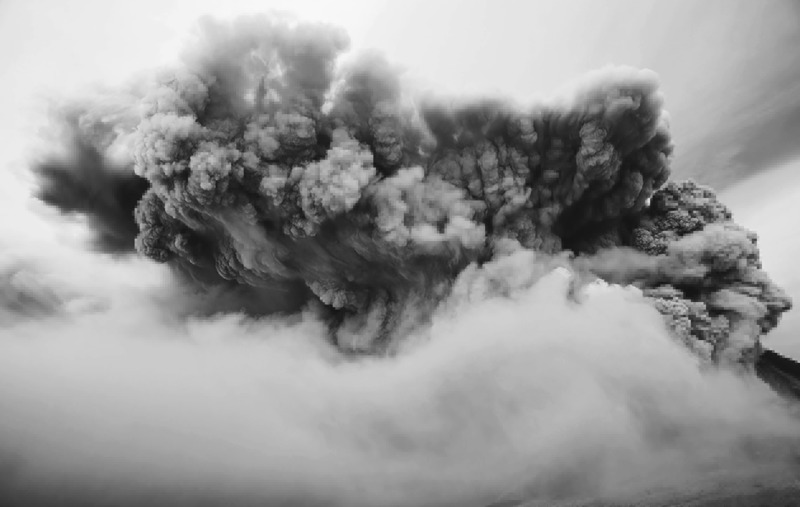

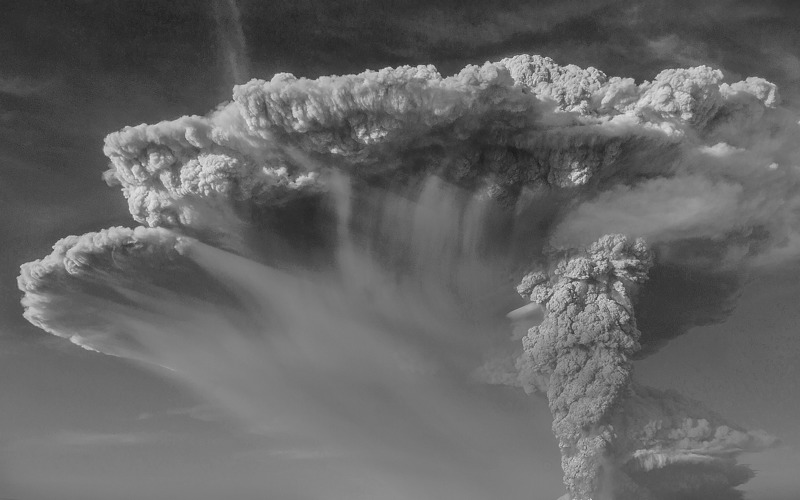
All images and spreads courtesy the artist. Juan Hein, Clouds and Bombs, published by Disko Bay (2020), is available to purchase here.

